History of Keston Park
The land on which Keston Park stands has formed part of the Holwood Estate for over 250 years. However it is a site of even greater historic significance; Iron Age encampments have been uncovered in Holwood Park including the remains of an extensive fort known as Caesar’s Camp, while Roman tombs and a mausolea lie in the valley below Keston village.

HolWOOD
HOUSE
Constructed in the 1750s, the original Holwood House was sold in 1785 to one of its most famous owners: William Pitt, Prime Minister of Great Britain. During this time the house was described by historian Thomas Wilson as commanding, “One of the most fertile variegated, and extensive inland prospects in the whole county”.
It was on top of the vale of Keston near to an oak tree that William Pitt and his friend, politician William Wilberforce, discussed the abolition of slavery. In commemoration of this consequential moment a new oak tree has been planted over the remains of the original “Wilberforce oak” along with a stone bench to admire the views.
John Ward, a wealthy London merchant, took over the ownership of the house in 1823 and had it rebuilt in the Greek revival style by architect Decimus Bruton resulting in the Grade I listed building it is today. The estate comprised the grand Holwood House, Holwood Lodge and various cottages and farm buildings extending over 500 acres.
Sold in 1852, the estate underwent a succession of owners including the Lord Chancellor Cranworth and, after his death in 1858, the Earl of Derby. On 9th January 1923 the Earl sold 143 acres of land known as the Keston Lodge Estate for £6000 to the property developer Frederick Rogers who renamed it ‘Keston Park’.
William Pitt
Prime Minister b.1759, d. 1806
Edward Stanley
7th Earl of Derby b.1865, d. 1948
Lord Cranworth
Lord Chancellor b.1790, d. 1868

Frederick
Rogers
Frederick Rogers had a unique vision for the estate influenced by the extensive travels he had undertaken throughout his life. He wanted to imbue it with the space and openness of American housing developments while retaining the grandeur of a British estate.
Determined to safeguard the site’s natural beauty, Rogers oversaw the development closely and created restrictive covenants for purchasers wanting to buy land. Each plot was to be at least half an acre and the site of a single dwelling. He took the unusual step of excluding the verges from the sale of plots to preserve the open aspect of the Park. He insisted on personally approving all elevations and requests to move trees.
Frederick Rogers




Locksbottom Village
Due to Keston’s Park’s relative isolation and lack of transport at the time, Rogers built a small parade of Tudor style shops known as Locksbottom Village for residents to use and created a Clubhouse for socialising called ‘The Fantail Cafe’ - now known as Chapter One.

KESTON PARK
TODAY
Eric Rogers succeeded his father and managed Keston Park until his death in 1974 after which the residents of Keston Park were given the rare opportunity of taking over its management.
Keston Park (1975) Limited was incorporated in 1979 and assumed legal ownership of the Park’s roads, footpaths, verges, gates and lighting from the Rogers family. The Board of Keston Park (1975) Limited was created and has for the past 40 years worked tirelessly to maintain Frederick Roger’s original creation and the Park’s enviable reputation as one of the UK’s most prestigious and secure private residential estates.
Keston Park has had many high profile residents since including Margaret Thatcher, who lived on the estate with her family prior to becoming prime minister, and Bill Wyman of the Rolling Stones and Peter Wood, founder of Direct Line Insurance.





